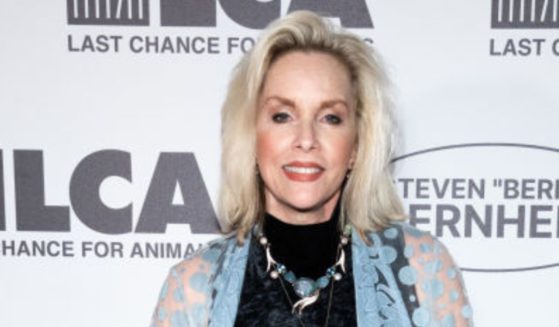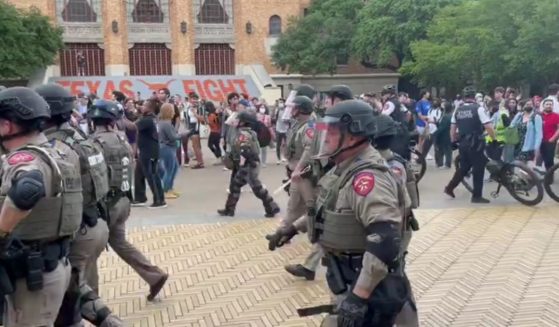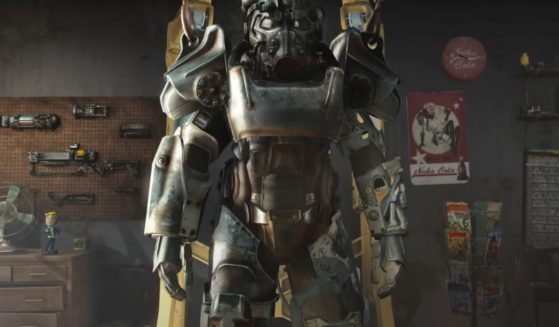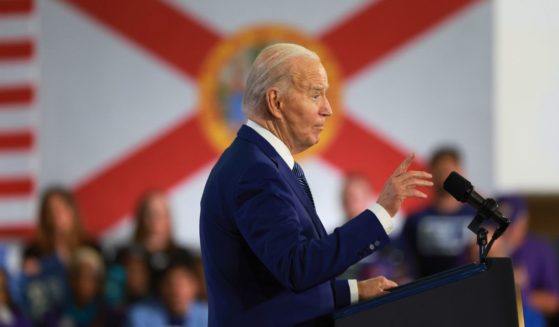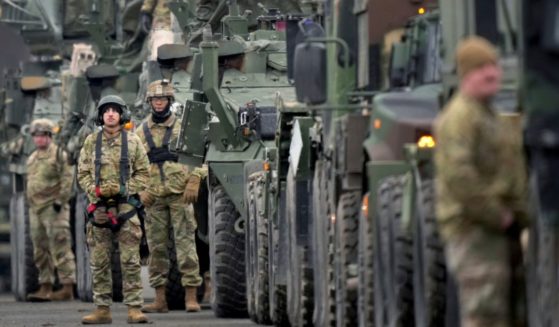TSA social media soldiers on without leader
WASHINGTON (AP) — David Johnston stands over a table full of peculiar items confiscated at Dulles International Airport: a glittery clutch with brass knuckles as a clasp. A perfume bottle shaped like a grenade. A rusted circular saw blade. A pocket-sized pitchfork.
None of those is quite right. Then Johnston sees it: a guitar shaped like a semi-automatic rifle. Bingo. It will do nicely for the Transportation Security Administration’s social media accounts.
Johnston, TSA’s social media director, is following in the footsteps of Curtis “Bob” Burns, who created unlikely internet buzz for the not-always-beloved agency by showcasing the weirdest stuff travelers pack in their carry-ons. He died suddenly in October at age 48.
Burns’ work created a model for other federal agencies. The quirky photos combined with a hefty dose of dad humor helped lure in more than a million followers on Facebook, Twitter and Instagram, who would then see important messages about the dos and don’ts of airline travel.
“How are we going to replace Bob? The reality is we can’t,” said Johnston. “We had a unique situation with him, but we can still be entertaining and help people as we find our way forward without him.”
On the blog, Burns shared a weekly count of firearms that TSA officers found at checkpoints nationwide. He did a summary of knives and all matter of other bizarre and sometimes scary items that travelers had stuffed into their bags, pockets, purses or briefcases.
In one Instagram post , someone tried to bring on a glove with razors for fingers and Burns (naturally) made a “Nightmare on Elm Street” joke.
“It’s safe to sleep on Elm Street again. Freddy lost his glove at the Hartsfield-Jackson Atlanta International Airport (ATL).”
The agency’s Instagram account won three Webby awards last year, including the People’s Voice Award for weird social content marketing. In his acceptance speech, Burns eyed the award, shook it and declared: “This Webby is carry-on approved!”
Johnston, who worked with Burns for about three years, and has been in government jobs for nearly a decade, has tried to keep it up all on his own, but it’s been tough.
Johnston sent out a Valentine’s Day post that showed off a throwing star, ax and double-edged dagger confiscated from a passenger’s carry-on bag. (“Safe travels, you romantic fool!”) And it was national puppy day recently, so that was an excuse for a photo of Cole, a big-eyed TSA explosives detection dog.
TSA is growing its social media staff — bringing in three more workers to expand its social media presence. The staff will continue to use fodder sent in by officers around the country, who seize all manner of unusual items people try to bring onboard. But it’s hard to find people who have both the government know-how and a sense of humor that resonates.
Johnston said the thing that made Burns’ posts so special was Burns himself.
“When you look at his posts, you’re seeing a window into his soul,” he said. “It really was from his heart. He was a fun, happy guy.”
Burns’ sister-in-law, Candy Creech, said he had a dry sense of humor and a hefty dose of patriotism: He had served in the Gulf War.
Burns had worked in airports before taking over TSA’s social media and believed there was public negativity around the agency. He wanted to change that.
“And I think he felt he could change that by communicating with people in a way that wasn’t scolding,” she said. “He was one of a kind.”
During a TSA Facebook live, “Ask Me Anything” episode last year, Burns said the success of the account was partly due to the shock value.
“People don’t come to a government Instagram account and expert to see humor,” Burns said. “And they also don’t expect to see these crazy things that people are trying to bring on a plane.” He had a wife and two daughters.
At Dulles, in the prohibited items section, Johnston sees a few possibilities for TSA’s YouTube series called “They Brought What?” including a large snow globe with big a white fairy imprisoned in some kind of liquid (It’s creepy and it has liquid, so they can highlight the liquid restrictions.)
He passes over the four pairs of nunchucks (Yawn. You can’t believe how many people bring those) and a handful of pocket knives. He stops at a large bullet from Afghanistan that has been altered to be a cigarette lighter and pen.
“The things people think of,” he says. Turning more serious for a moment, Johnston notes the importance of showing off these items, especially to people who aren’t well-traveled and might not understand why something is prohibited if it’s not actually a weapon.
“The bottom line is our social media page makes travelers better informed so they have a better experience and it frees up our officers to do what they need to do — look for the bad actors,” he says.
The Western Journal has not reviewed this Associated Press story prior to publication. Therefore, it may contain editorial bias or may in some other way not meet our normal editorial standards. It is provided to our readers as a service from The Western Journal.
Truth and Accuracy
We are committed to truth and accuracy in all of our journalism. Read our editorial standards.

